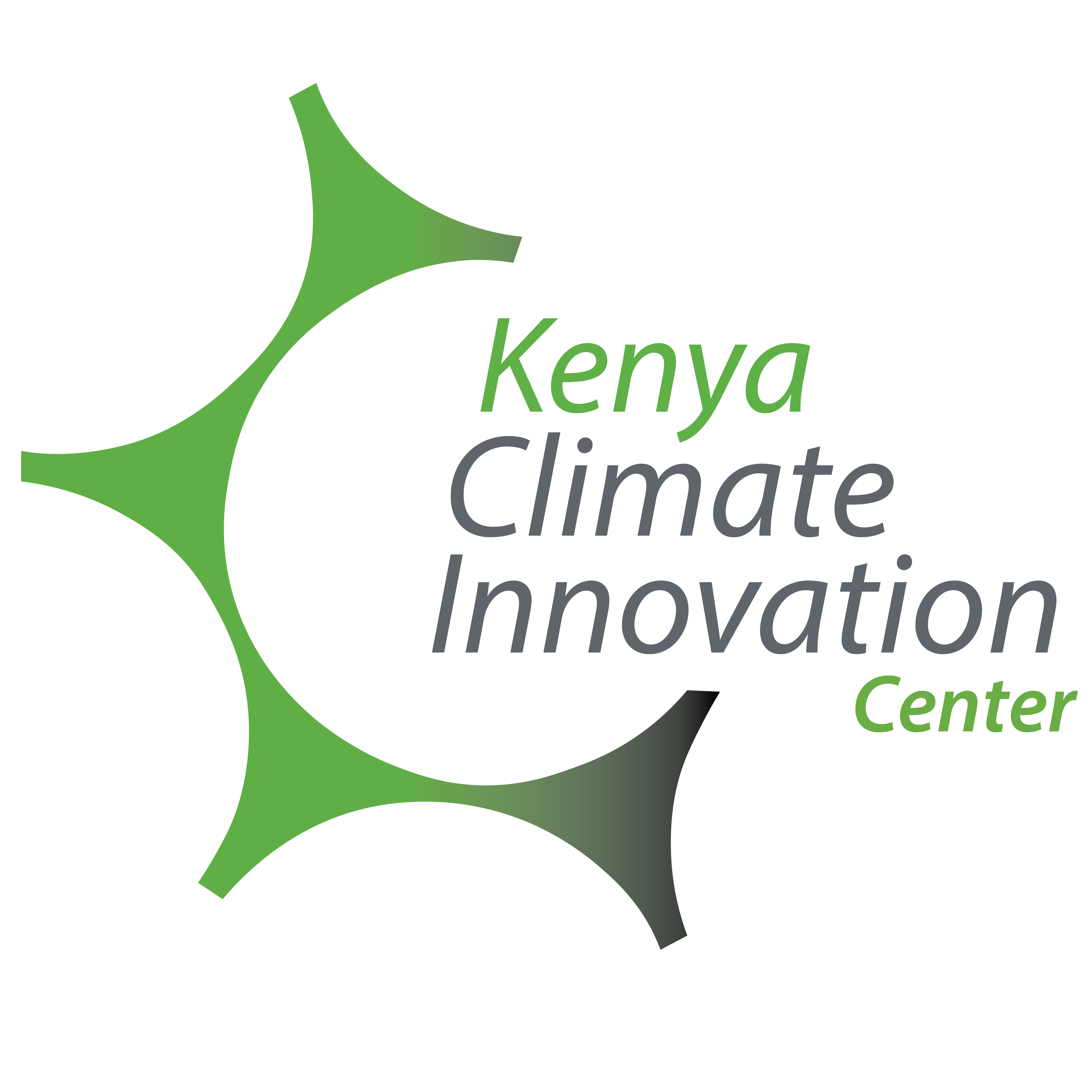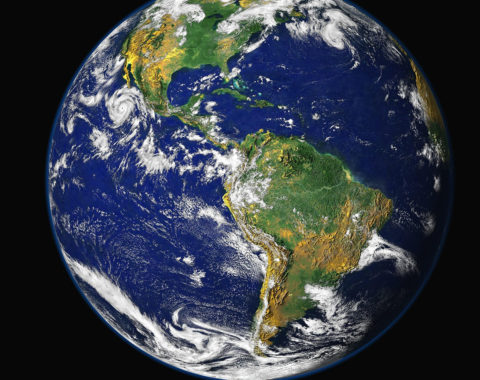Developing countries are in episodes of rapid urbanization driven by surging populations and industrialization. The existence of such interdependence is solely reliant on the exploitation of natural resources among them water. Kenya relies on catchments that constitute 75% of the country’s surface water resources. Coincidentally, water towers in Kenya are in a degradation down turn. Adding to the woes, Kenya water sector is characteristic of frequent rationing, fragile technical standards for national implementation and inadequate monitoring among many others.
Flaring things up is the ushering of climate change through anthropogenic activities that have worsened water scarcity in Kenya. Additionally, human occupation of water towers and unregulated pollution of rivers has earned Kenya among countries that are chronically water scarce.
Globally, a country is water sufficient with over 1,000 cubic meters annually per capita. Kenya tracks far behind at barely 600 M3. However, the underground water aquifer in northern Kenya that can adequately meet the nation’s aqua demand for seventy years greatly added to the country’s water reserve.
Kenya envisions an industrialized state by 2030, and amongst the approaches is increasing manufacturing to 15% by 2022 and boosting the agriculture sector. Both will hike water demand exponentially and if not met by a proportionate supply, water scarcity will hamper economic development, human health and well-being. For the country to enhance its water scarcity situation, it has to outwit three daunting challenges; declining water quality, quantity and access in a growing human population, industries and towns.
Kenya burgeoning water demand cannot solely rely on traditional sources, conjoined with other factors they form an advanced order of problems. Alternatives lay within a quickly evolving subject of water management. A realization that led to the crafting of Kenya Water Policy aimed at encouraging the use of waste water from both the households and industries.
Related article: Exposure to the Noxious Asbestos Needs to be Alleviated with a lot of Care
This policy advocates for the development of a sound water infrastructure that incorporates reduction of use, reusing and recycling of water. The waste guidelines have been echoed by both the National Environmental Management Authority in their declaration of minimum waste standards and are also addressed in the National Climate Change Action Plan (NCCAP).
More importantly is the adoption of resource efficiency methods such as environmental reporting, water audits and the subsequent implementation of their requirements. To enhance a holistic water management structure for resilient ecosystems and preparedness water harvesting, water storage, recycling and improved flood control are vital climate proofing resolutions.
By Arnold Muthanga










